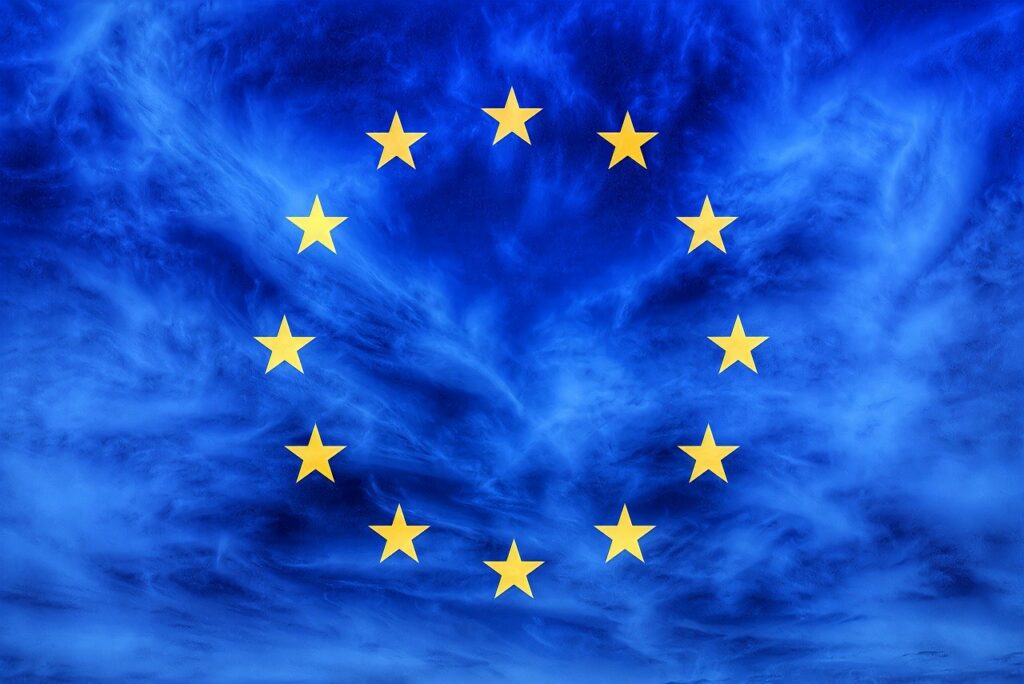Despite surging demand for decarbonized fuels, only 15 projects across five countries secured backing in the EU’s second European Hydrogen Bank auction, highlighting both momentum and bottlenecks in Europe’s push to scale renewable hydrogen.
The European Commission announced nearly €1 billion in grants to selected projects—less than a quarter of the €4.8 billion requested across 61 proposals—underscoring a sharp mismatch between industry appetite and available public financing.
The selected projects are expected to produce approximately 2.2 million tonnes of renewable hydrogen over 10 years, equivalent to roughly 220,000 tonnes per year. This figure, while significant, remains modest against the EU’s broader hydrogen ambitions. The REPowerEU plan targets 10 million tonnes of domestic renewable hydrogen production annually by 2030, meaning the awarded capacity in this round covers just 2.2% of that goal.
Spain emerged as the frontrunner, securing eight of the 15 winning projects, followed by Norway (3), Germany (2), and one each in Finland and the Netherlands. Spain’s dominance in the results reflects its abundant renewable energy resources and advanced permitting structures, which enable faster project development compared to other regions.
Funded through the Innovation Fund—sourced from revenues of the EU Emissions Trading System—the auction awarded fixed premiums ranging from €0.20 to €0.60 per kilogram of hydrogen. These subsidies are intended to close the cost gap between green hydrogen and fossil-based alternatives. However, even with support, market prices for green hydrogen remain volatile, and uptake is uncertain in the absence of long-term offtake agreements or carbon pricing certainty.
A key feature of this second round was the dedicated budget line for maritime-related hydrogen projects, reflecting growing interest in port-based bunkering and shipping decarbonization. Three projects received €96.7 million under this category, with required subsidies ranging up to €1.88/kg—significantly higher than the broader project pool, highlighting the unique cost structures and infrastructure needs in maritime applications.
Each awarded project must reach financial close within 2.5 years and begin producing renewable hydrogen within five years. Delays in permitting, grid connections, or electrolyser supply chains could jeopardize timelines, particularly as European equipment manufacturers struggle with scaling under capital constraints.
Twelve of the 15 projects are pursuing renewable hydrogen production, which under EU definitions must be derived from additional renewable electricity and meet strict criteria for temporal and geographic correlation. This places additional burdens on project developers to secure long-term power purchase agreements in an increasingly congested renewables market.
To mitigate budget limitations, the European Commission is also piloting an “Auctions-as-a-Service” model, allowing member states to fund otherwise eligible—but unfunded—projects from national budgets. Spain, Lithuania, and Austria have already pledged €836 million under this mechanism, offering a parallel route for scaling hydrogen deployment within national borders.
This auction cycle comes amid widening policy divergence between the EU and the United States. While the EU continues to emphasize green hydrogen, the U.S. Inflation Reduction Act supports hydrogen from all sources, including fossil gas with carbon capture, raising concerns in Europe about competitive imbalances in capital attraction and project viability.
The third EU auction, scheduled for late 2025, is expected to offer another €1 billion. But unless grant budgets expand, the competition-to-funding ratio will remain tight, further challenging Europe’s green hydrogen developers. The upcoming launch of the Hydrogen Mechanism—a digital platform designed to connect producers with offtakers—may help address market fragmentation, but its success will depend on creating clear price signals and investment certainty in a still-maturing sector.
Stay updated on the latest in energy! Follow us on LinkedIn, Facebook, and X for real-time news and insights. Don’t miss out on exclusive interviews and webinars—subscribe to our YouTube channel today! Join our community and be part of the conversation shaping the future of energy.





